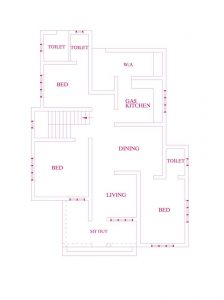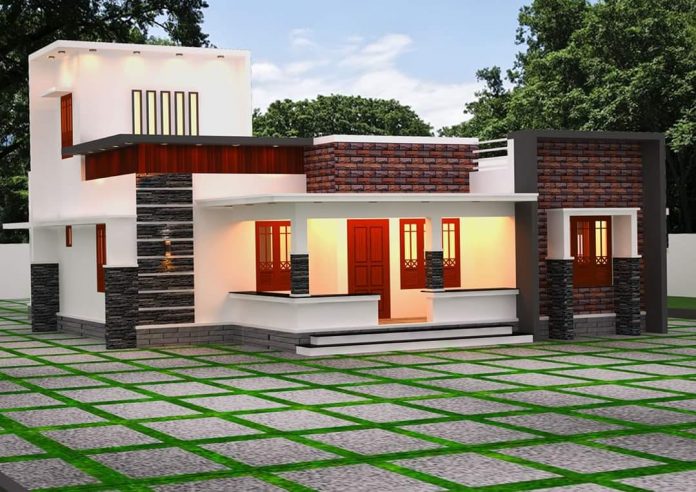There are a wide range of working conditions and employment opportunities within interior design. Large and tiny corporations often hire interior designers as employees on regular working hours. Designers for smaller firms and online renovation platforms usually work on a contract or per-job basis. Self-employed designers, which make up 26% of interior designers, usually work the most hours. Interior designers often work under stress to meet deadlines, stay on budget, and meet clients’ needs.
In some cases, licensed professionals review the work and sign it before submitting the design for approval by clients or construction permisioning. The need for licensed review and signature varies by locality, relevant legislation, and scope of work. Their work can involve significant travel to visit different locations. However, with technology development, the process of contacting clients and communicating design alternatives has become easier and requires less travel. They also renovate a space to satisfy the specific taste for a client.
The Art Deco style began in Europe in the early years of the 20th century, with the waning of Art Nouveau. The term “Art Deco” was taken from the Exposition Internationale des Arts Decoratifs et Industriels Modernes, a world’s fair held in Paris in 1925. Art Deco rejected many traditional classical influences in favour of more streamlined geometric forms and metallic color. The Art Deco style influenced all areas of design, especially interior design, because it was the first style of interior decoration to spotlight new technologies and materials
Art Deco rejected traditional materials of decoration and interior design, opting instead to use more unusual materials such as chrome, glass, stainless steel, shiny fabrics, mirrors, aluminium, lacquer, inlaid wood, sharkskin, and zebra skin. The use of harder, metallic materials was chosen to celebrate the machine age. These materials reflected the dawning modern age that was ushered in after the end of the First World War. The innovative combinations of these materials created contrasts that were very popular at the time – for example the mixing together of highly polished wood and black lacquer with satin and furs.

Sit out
Living room
Dining Hall
Bedrooms : 2
Toilet attached : 2
Common toilet 1
Kitchen









